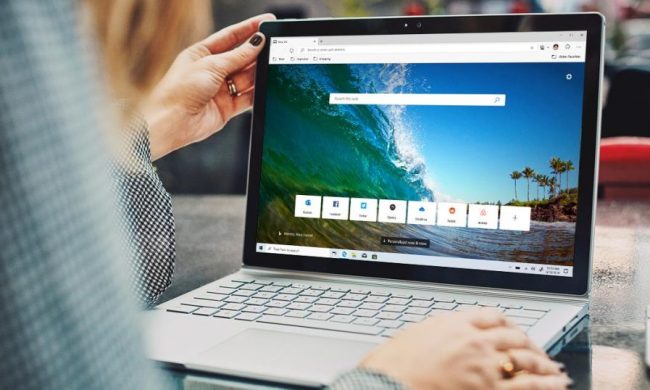
Microsoft’s main argument is of quality vs. quantity. The company says that it wants to ensure that only quality extensions are available for its browser so that it can ensure the user experience is not adversely impacted. The company acknowledges that progress has been slow, but insists that it is important to ensure quality control.
“We have taken a purposefully metered approach as we onboard new extensions,” Microsoft’s Colleen Williams wrote on the company’s blog. “Extensions are one of the most substantial features in a new browser, and we have a high bar for quality. Because extensions interact so closely with the browser, we have been very attuned to the security, performance, and reliability of Microsoft Edge with these extensions enabled.”
There is some merit to Microsoft’s argument, as there are undoubtedly plenty of bad extensions and apps available on the Chrome Store. However, for the most part, the user review system has done a good job of promoting good programs while warning users away from the poor ones. The Chrome Web Store is far from perfect, but it is hardly a wasteland devoid of quality content. In fact, several of the most popular Edge extensions are simply ports of ones which were developed for Chrome.
Microsoft’s browsers, particularly later iterations of Internet Explorer, have been the subject of jokes and ridicule for many years, but the company has taken steps to improve the user experience. By our account, Edge is far from perfect but is superior to IE. However, those improvements have done little to help Microsoft regain market share. A recent study found that Edge and IE combined only held a market share of little over 21 percent.
We don’t believe that adding more extensions is the magic bullet that will make people flock to Edge, but it certainly wouldn’t hurt the browser’s chances against Chrome and Firefox.


